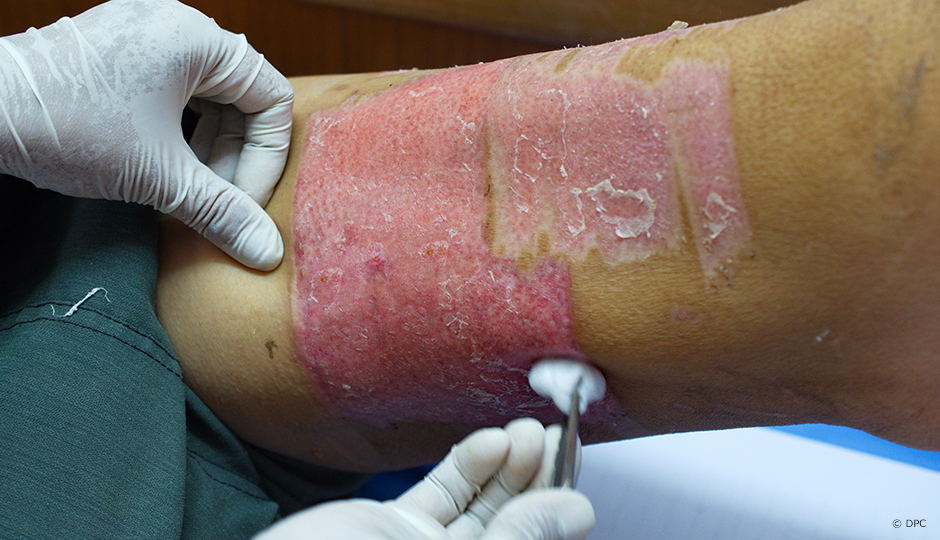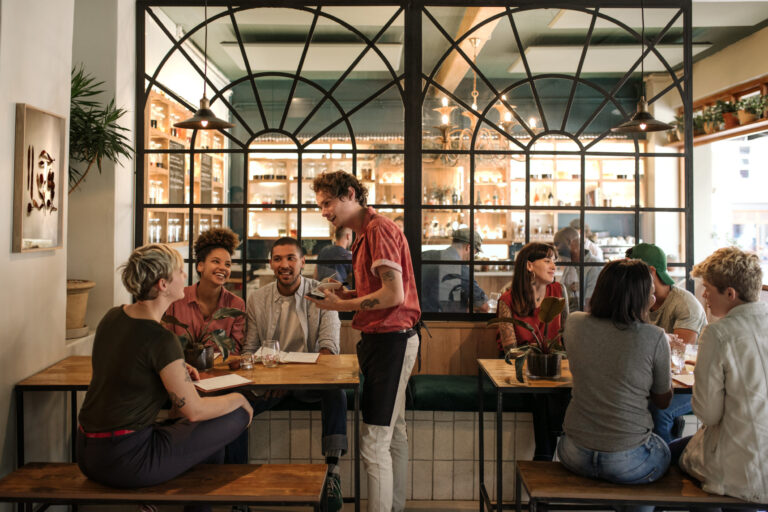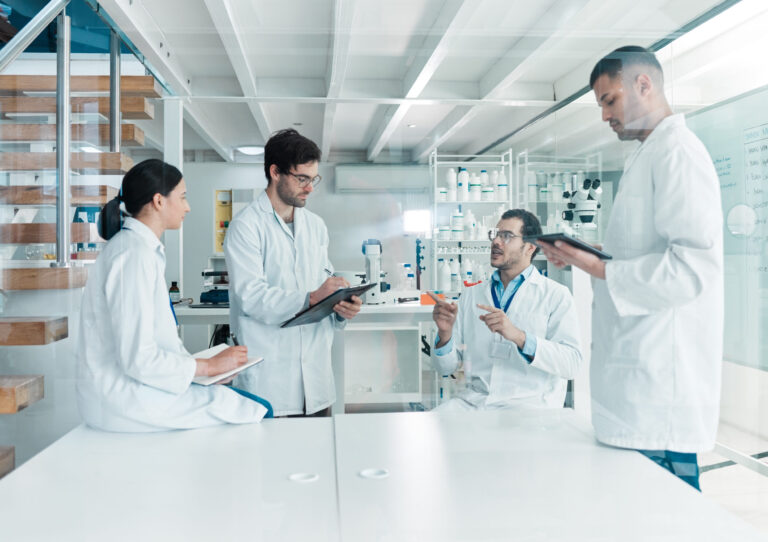It is now possible to change one's skin! Researchers at the CHU de Québec Research Centre have developed a new skin dressing to treat venous ulcers and severe burns, an innovation that could prevent years of suffering for victims of these recalcitrant wounds and save society thousands of dollars in health care. For nearly 30 years, Dr. François Auger and his colleagues at the Experimental Tissue Engineering Laboratory (LOEX) have been growing in vitro spare parts for the human body: skin and blood vessels to repair, replace and possibly regenerate damaged tissue.
For nearly 30 years, Dr. François Auger and his colleagues at the Experimental Tissue Engineering Laboratory (LOEX) have been growing in vitro spare parts for the human body.
Their latest achievement: a two-layer – or bilayered – skin dressing that stimulates the natural healing mechanisms to treat venous ulcers, those painful chronic sores that affect the lower extremities. The first clinical trials were completed at the end of 2013, demonstrating the efficacy of the treatment and paving the way for studies into its use for treating patients with serious burns.
Creating this new breed of bandage involves removing 1 cm2 of skin from the patient, isolating the cells, and growing them in vitro to form a skin substitute with both dermis (deep layer) and epidermis (superficial layer). After eight weeks of growth, the sheets of skin substitute are applied over the ulcers like a bandage.
"This double layer of skin adapts well to tissue with low vascularity, such as bony areas", explains Dr Auger. "It accelerates healing, and the aesthetic outcome is unparalleled". However, the time required for growing this bilayered skin is too slow, especially for serious burn patients, who require rapid grafting. The LOEX team is now working on reducing production times and production costs, so that the bilayered skin dressing may one day become the ideal treatment for burn patients.




